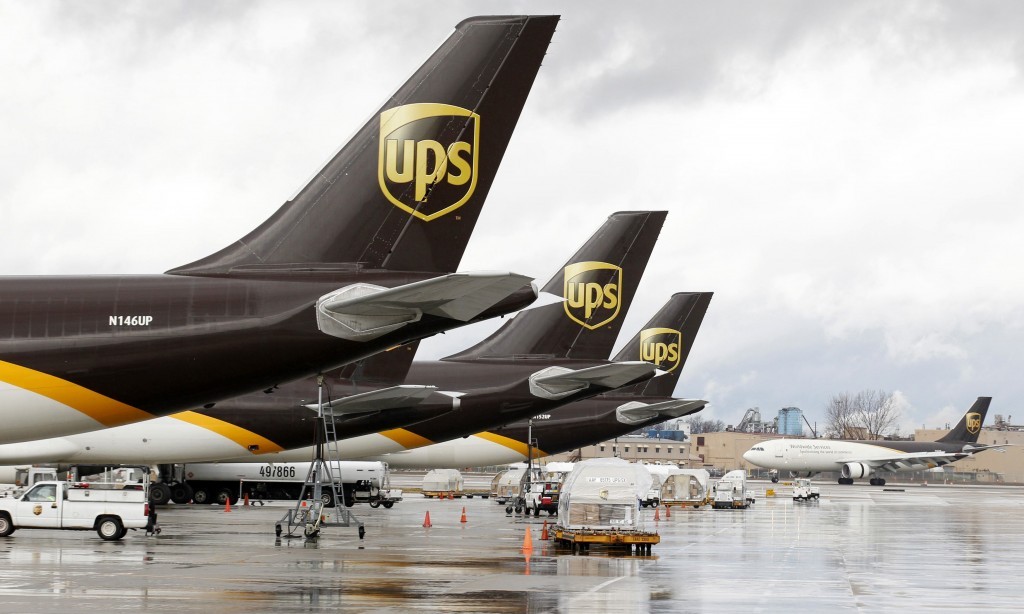Parcel company UPS has done a deal with SAP SE to create end-to-end manufacturing that could change the whole logistics industry.
UPS can see a major change coming. The concept is simple, local production of a vast number of components will hit the international shipping market hard. Logistics firms, then, need to adapt to survive and thrive.
So if it changes the plan and has a number of production facilities dotted around the world then it can actually increase its business as a manufacturing and logistics centre. Essentially UPS is looking to make sure it is indispensable and that it doesn’t become a victim of the local production.
This experiment started last year
Last year, UPS took on 100 commercial grade 3D printers to produce a number of different parts, including iPhone cases and other accessories to brackets that hold paper towel dispensers and other items at its hub in Louisville, Kentucky. That meant it could print products, take them across the runway to the plane and delivered overnight to the customer.
It was a toe in the water exercise to prove the concept and it worked with Fast Radius. This is a smaller company, but going into business with SAP SE looks like a real statement of intent. In fact, it is more than that, it’s a real step towards a ‘digital manufacturing network’, according to the vice president of UPS Supply Chain Solutions Alan Amling.
UPS can now print at 60 locations
The move will put 3D printers in 60 locations around the US, which cuts on transport costs and delivery time. So it’s a win-win for UPS and the end user.
UPS isn’t just chasing members of the public who want to dress up their iPhone. It wants to service big business and smaller firms like garages, where time is money.
If a large machine goes down then it can cost a big company thousands a minute. It’s essential to get it back up as soon as possible, so a local production facility that is capable of producing parts on demand could change their business.
We’re still some way off a national network of printers that can handle jobs of that calibre and Louisville is still likely to form UPS’s centre of excellence. So for the moment the most complicated jobs and bespoke orders are likely to go through Kentucky.
International partners could help bridge the gap
There may well be interim steps with partners dotted around the world, too. Stellar production facilities are springing up in a variety of places and most of them could handle bespoke work.
So if it’s General Electric’s CATA facility in Pittsburgh or Fraunhofer IFAM in Germany, there are facilities all around the world that UPS could call upon for cutting edge 3D printing that the likes of the aerospace or medical community could rely on. If it’s good enough for them, it’s good enough for every potential client.
The end of long distance shipping?
The future is clear, though, UPS wants to stop shipping your parts long distance. It wants to make them locally and then deliver them to your door as fast as possible, so this is the start of a network that will just grow and grow.
UPS is providing “added flexibility into the network to send that manufacturing request to the most appropriate place,” Mr. Amling said.
It’s an intriguing concept and we’re very curious to see how this network grows in the years ahead.




